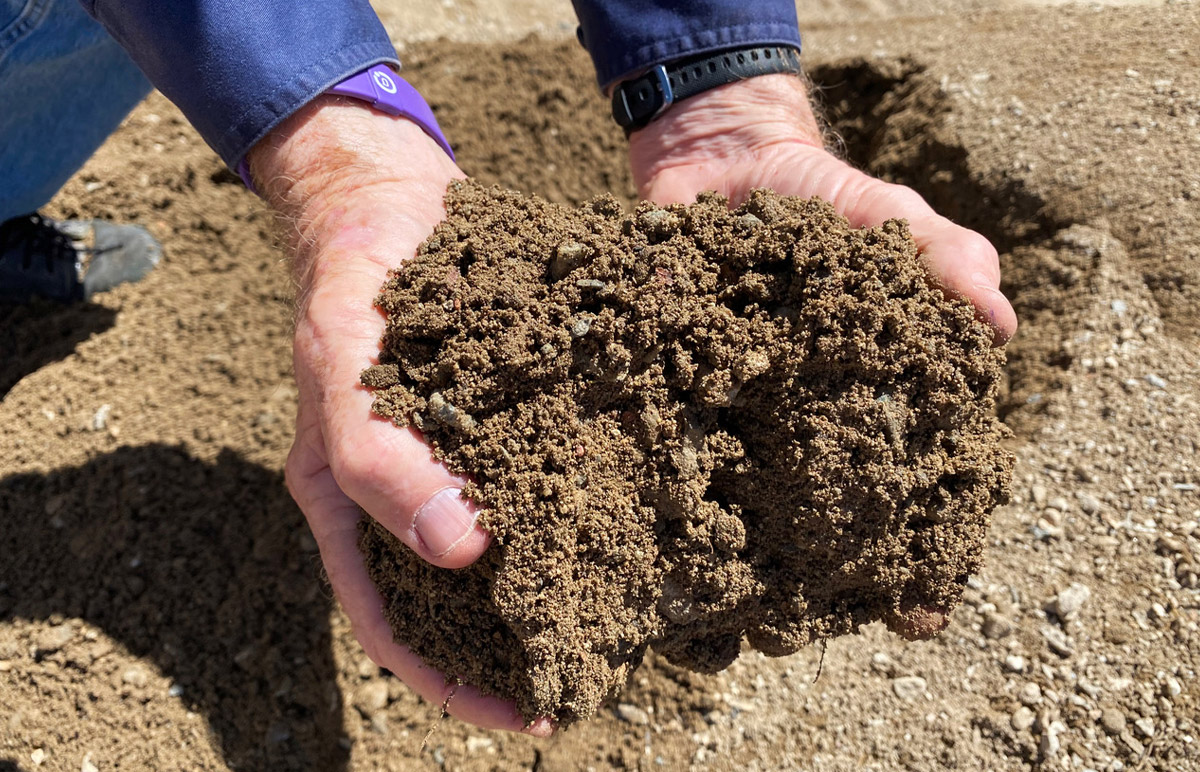
Success with BORR Base Course Innovation
What is Base Course?
There are generally three layers to consider when laying a new road. The top layer is called ‘surface course’ which is in contact with traffic loads, the ‘sub base course’ which primarily functions as a structural support below and the ‘base course’ which sits between the two. Base course are usually constructed out of crushed aggregate or HMA and provide additional load distribution and contributes to better drainage.
Traditionally, base course is laid with a grader and a water cart. However, KEE has been working on an innovative alternative, that doesn’t just give a superior finish, but also offers better value for money.
How Does This New Innovation Work?
The new process uses a pugmill machine to mix granite or basalt with water, which is then fed into a paving machine to place the base course. The base course is then compacted with a roller to achieve the required density and level.
Although this method has been used before in Western Australia, this solution has only ever been used on a small scale.
KEE Basecourse recently completed two successful paver base course trials for South West Gate Alliance (SWGA) and a collaboration between the SWGA and Main Roads Materials Engineering Branch has given an opportunity for this process to be trialled on the biggest transport infrastructure project ever to be undertaken in the South West.
Trialling on the BORR
The new Bunbury Outer Ring Road (BORR) is an $852 million project that involves the construction of a 27 kilometre, four-lane, high-standard road stretching from Forrest Highway near Australind to Bussell Highway, south of Bunbury.
Noel Martin Senior Pavements Engineer for the South West Gateway Alliance said, “Using a paver to lay crushed rock base course is a robust, repeatable, and more reliable process. We’re really happy with how the trials have gone and are looking to commence paving on our next project”.
The crushed rock base course will be used for paving on the main northbound and southbound carriageways across the majority of the BORR alignment.
The results of the trials were a testament to the collaboration between the South West Gateway Alliance, Main Roads Materials Engineering branch, and subcontractors including WML, Hanson Australia, KEE Group and Independent Quality Certifiers. SWGA comprises of Main Roads, Acciona, NRW Contracting, MACA Civil, AECOM and Aurecon.
Bunbury Outer Ring Road will deliver significant benefits to the region including time saving for traffic, vehicle and passenger safety, freight efficiency and improved port access. A significant portion of funding from the project’s $1.25 billion is being spent within the region, creating many local jobs and business opportunities and further supporting local economic growth.
Local Aboriginal Talent
The interchange at Paris Road and Clifton Road will welcome visitors to the South West as the traffic flows onto the Bunbury Outer Ring Road from Forrest Highway. The interchange will feature local Aboriginal artist Melissa Riley’s work ‘Djilba’ (meaning ‘spring’) which are featured on the panels installed at the project site.
The original concept for Bunbury Outer Ring Road was developed in the 1970s with the land for the southern section reserved for a Primary Regional Road in the Greater Bunbury Region Scheme.
The land was acquired as part of the process to subdivide land for the southern part of Gelorup in the early 1980s, when it was set aside for future development.
source: Main Roads Australia


